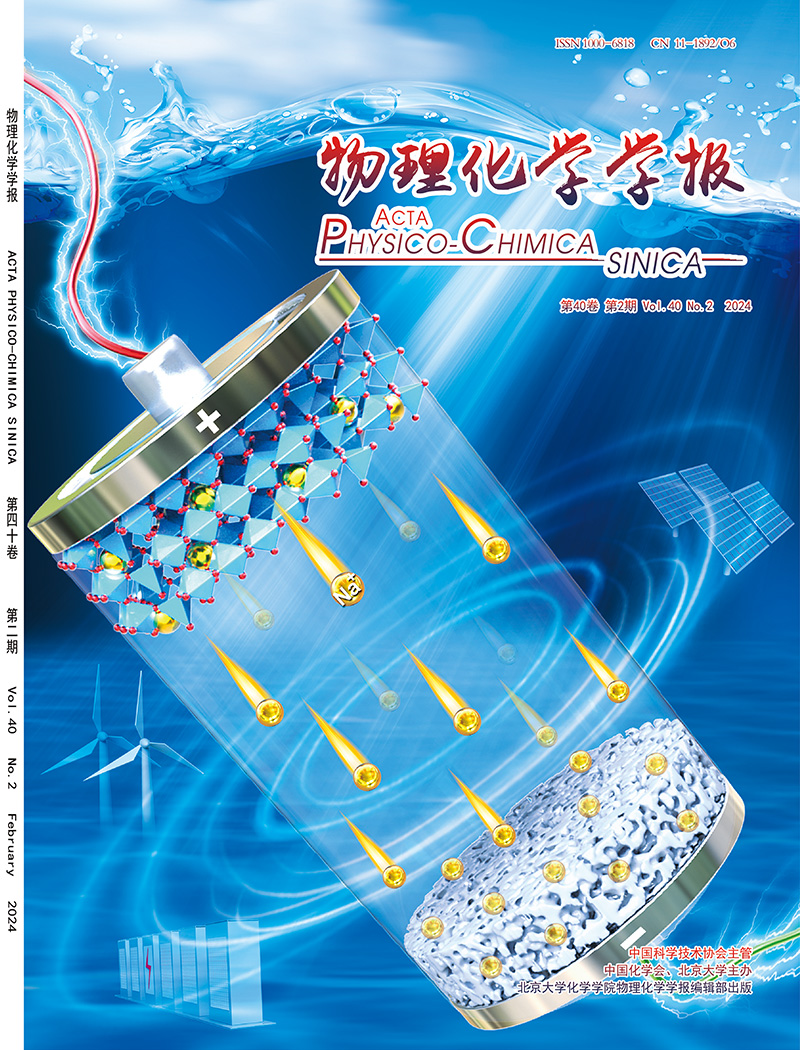Preparation of high density activated carbon by mechanical compression of precursors for compact capacitive energy storage
IF 13.5
2区 化学
Q1 CHEMISTRY, PHYSICAL
引用次数: 0
Abstract
Activated carbons are widely used as the electrode material for supercapacitors owing to their large surface area, moderate conductivity, and outstanding electrochemical stability. However, large-surface-area activated carbons usually show low density and poor volumetric energy storage performance, which is difficult to meet the development of devices miniaturization. Mechanical compression is a simple and effective method to improve the density of the activated carbons. However, most of the studies focus on mechanical compression of the as-prepared porous carbon materials. Preparation of high-density activated carbons by mechanical compression of the carbon precursors has been proposed. But the surface area and porous structure evolution, and the possible mechanism have rarely investigated. Herein, we propose a universal method to improve the density of the activated carbons by mechanical compression of the precursors before activation. The influence of mechanical compression on the surface area, porous structure, and capacitive energy storage performance of the activated carbons prepared by two typical methods, outside-in activation (carbon powder/KOH mixture) and homogeneous ion activation (pyrolysis of potassium-containing salts), are studied. Mechanical compression of the precursors can generally improve the activation reaction efficiency, as well as the density and volumetric capacitive performance of the activated carbons. However, the surface area and porous structure evolution mainly depend on the carbon precursor and pore-forming process. For outside-in activation, the surface area and porosity of the activated carbons show a first increasing and then decreasing trend with the increase of mechanical pressure. This is because mechanical compression enhances the contact between the carbon precursors and activator through eliminating the voids between particles, significantly improves the activation efficiency. For homogeneous ion activation, the surface area and porosity of activated carbons show a trend of decreasing first and then increasing. The reason is deduced as compressed precursors inhibit the rapid release of active gas molecules (H2O, CO2 etc.) produced during pyrolysis. These gas molecules further participate in the activation etching reaction and promote the activation efficiency. The optimized sample shows high gravimetric and volumetric capacitances of 316 F g−1/291 F cm−3 and 131 F g−1/92 F cm−3 at 1 A g−1 in aqueous and organic electrolytes, respectively. This work provides a simple way for design and preparation of activated carbons with large surface area and high density.

机械压缩前驱体制备高密度活性炭用于紧凑型电容储能
活性炭具有表面积大、电导率适中、电化学稳定性好等优点,被广泛用作超级电容器的电极材料。然而,大表面积活性炭通常密度低,体积储能性能差,难以满足器件小型化的发展。机械压缩是提高活性炭密度的一种简单有效的方法。然而,大多数研究都集中在制备多孔碳材料的机械压缩上。提出了用机械压缩碳前驱体法制备高密度活性炭的方法。但其表面积和孔隙结构的演化,以及可能的机理研究很少。在此,我们提出了一种通用的方法,通过在活化前对前驱体进行机械压缩来提高活性炭的密度。研究了机械压缩对由外向内活化(碳粉/KOH混合物)和均相离子活化(含钾盐热解)制备活性炭的比表面积、孔隙结构和电容储能性能的影响。对前驱体进行机械压缩一般可以提高活化反应效率,提高活性炭的密度和体积电容性能。然而,表面面积和孔隙结构的演变主要取决于碳前驱体和成孔过程。由外向内活化时,随着机械压力的增加,活性炭的比表面积和孔隙率呈现先增大后减小的趋势。这是因为机械压缩通过消除颗粒之间的空隙,增强了碳前驱体与活化剂之间的接触,显著提高了活化效率。对于均相离子活化,活性炭的比表面积和孔隙率呈现先减小后增大的趋势。其原因是压缩前驱体抑制了热解过程中产生的活性气体分子(H2O、CO2等)的快速释放。这些气体分子进一步参与了活化蚀刻反应,提高了活化效率。优化后的样品在水溶液和有机电解质中,在1 A g−1时的重量和体积电容分别为316 F g−1/291 F cm−3和131 F g−1/92 F cm−3。本研究为大表面积高密度活性炭的设计和制备提供了一种简便的方法。
本文章由计算机程序翻译,如有差异,请以英文原文为准。
求助全文
约1分钟内获得全文
求助全文

 求助内容:
求助内容: 应助结果提醒方式:
应助结果提醒方式:


